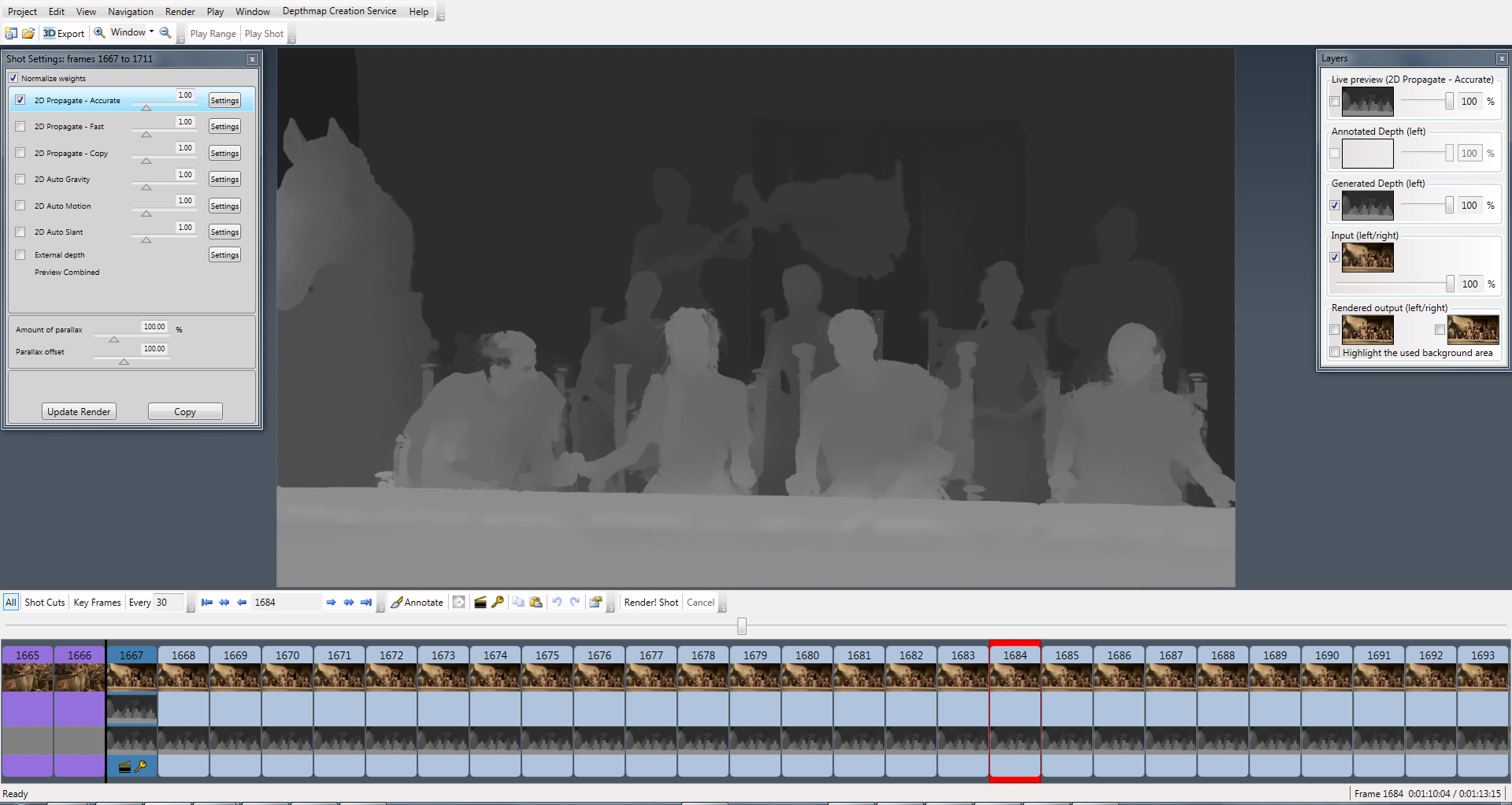

This option will give me greater access to areas on the parts with my cutting tool because I can now rotate my parts relative to the tool. One option is to use a 4-axis toolpath, which, as you might guess, uses my three linear axes and introduces one rotational axis. What Are 5-Axis Toolpaths? A 5-axis toolpath in action.Īs my machine has two rotational axes, I can go above a 3-axis toolpath. For more information, make sure to watch the Machining Fundamentals video on milling machines. Some machines have one additional rotational axis, and others like the one used in the video above have two additional rotational axes. Some machines only have three linear axes, meaning that anything more than a 3-axis toolpath is impossible. Now, this is only possible depending on the available setup of your machine. So the next step is to introduce a rotational axis. The tool moves in the x and y directions while continuously moving down in zed.Īt this stage, we’re already using all three linear axes. In the video above, you can see a 3D toolpath in action while a ramp tool creates a fillet. We can now create more complex geometry, such as curved surfaces. This time, we have all three axes moving to our x, y, and z axes while cutting material. The next type of toolpath is a 3D toolpath. We have a 2D pass, the tool steps up or down in zed, and then that same 2D path is repeated. The reason why they’re called 2.5D and not 3D is because the tool is still only ever moving in two axes. 2.5D toolpaths are when we take a 2D pass and add multiple depths to it. The next step up from 2D toolpaths are 2.5D toolpaths.

What are 2.5D Toolpaths? A 2.5D toolpath in action. You can see the tool does come down on the z-axis, but when the actual cutting pass begins, the tool only moves on the flat x y plane. If we look at our machine in the video above, we can see a 2D toolpath in action. As its name suggests, 2D toolpaths only ever move in two dimensions, or two of the machine’s axes, while cutting. But what do these terms mean? In this article, we’ll explain exactly that, along with how we can program these toolpaths inside of Fusion 360.
#2d to 3d conversion fusion 360 full
You’ve probably heard toolpaths being spoken about in terms of 2D, 3D, and full 5-axis simultaneous.


 0 kommentar(er)
0 kommentar(er)
